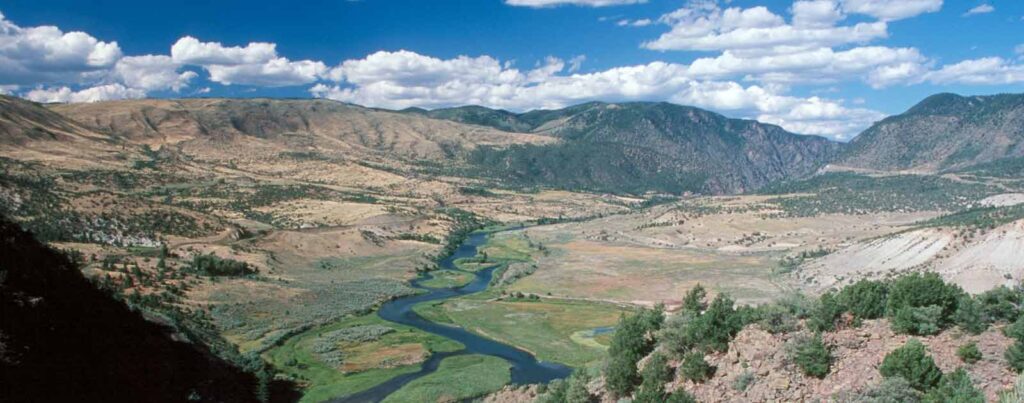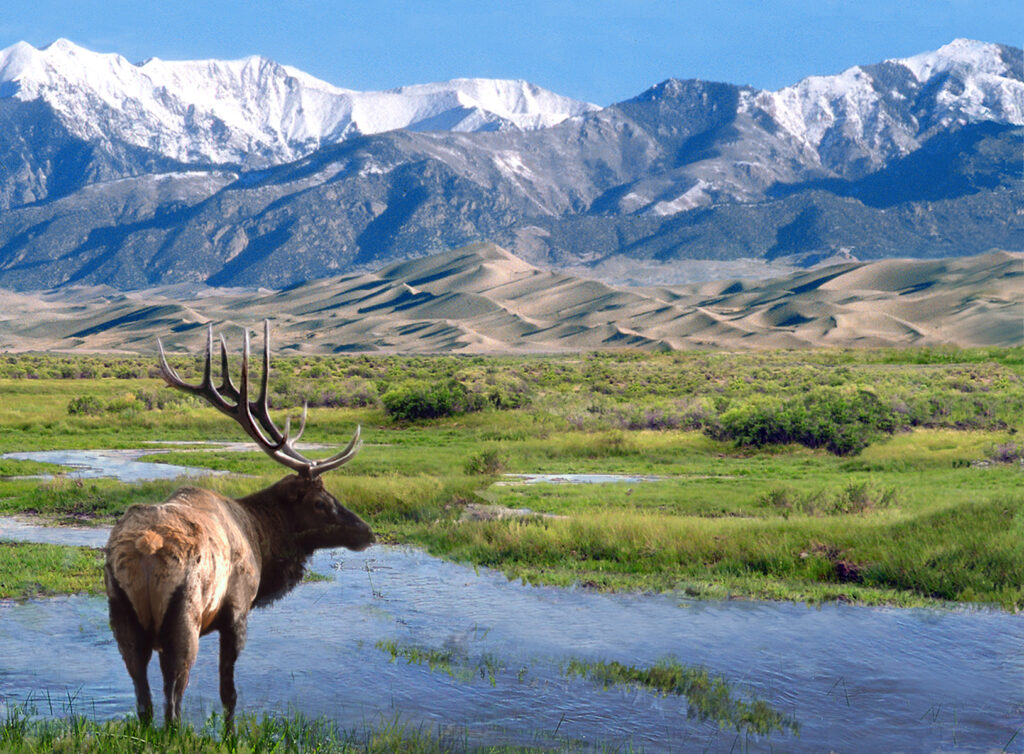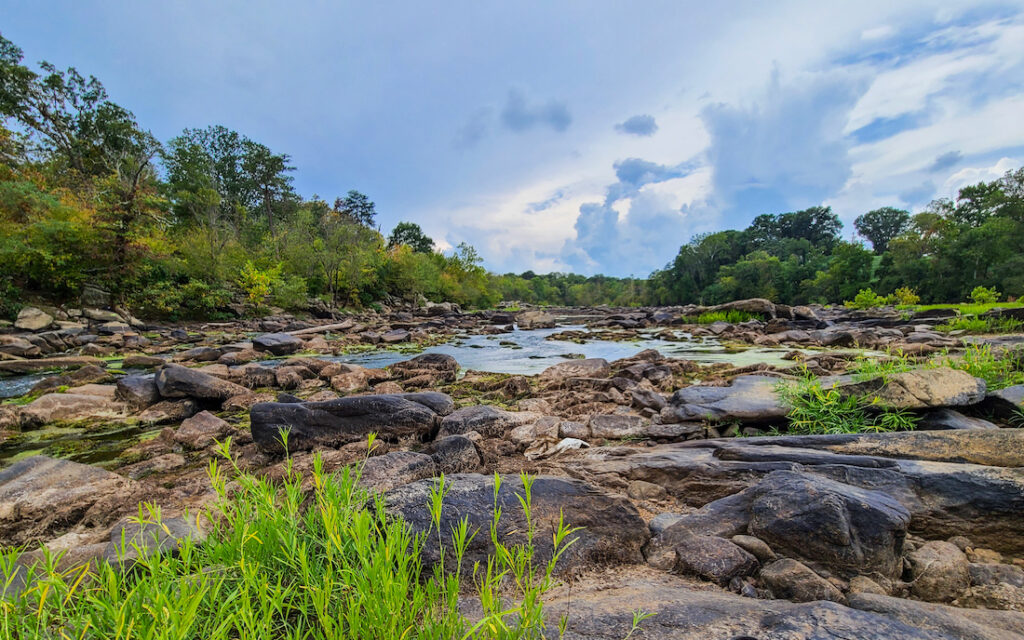
Governor Hickenlooper recently received the initial draft of the Colorado Water Plan. This “plan” has been in the making since the drought year of 2002, and it’s not over yet. Work on the Plan, including public input, will continue through the coming year, with the Final version due to the Governor in December 2015.
The Colorado Water Plan in many ways is indeed historic. Water planning and development has traditionally been based upon the needs of individual water rights and utilities. The Water Court and State Engineer act as judge and referee, but the process has always been on more of a piecemeal basis, rather than following a guiding principle. This is the first time that Colorado has attempted a cohesive and comprehensive approach to planning for future water needs on a statewide basis, taking into account the array of conflicting priorities encompassed under a single strategy.
So why do this now?
The answer, is growth – we are rapidly outgrowing our supply of water. To many Coloradoans, this may come as a surprise – water flows thoughtlessly from our faucets, irrigated farms fill the valleys and plains with a lush carpet of green, and sprinkled lawns and parks grace many of our communities. But streams gushing from melting mountain snows struggle to fill both rivers and reservoirs every year. This perceived plenty is often interrupted by periodic drought, noticed when watering restrictions are imposed, and the public is alerted to a simmering problem by a frenzied media. The time of shortage is quickly forgotten with the next heavy snowpack and a return to “normal”.
But the well-watered world we have engineered is not “normal.” Colorado is an arid state, where water has always been a scarce and often contentious resource. Despite our best efforts, Colorado has yet to become like Ohio and that isn’t likely to change with the new Colorado Water Plan. In fact, the available supply of water for growing demands is projected to decline.
The result is what is called the “Gap”, the difference between the water we think we’ll need in the future and the water available to satisfy those needs. Filling this gap, finding water for a population expected to double by 2060, is the primary goal of the Colorado Water Plan.
The Governor has directed that the Plan must provide for several core values. These include vibrant and sustainable cities, viable and productive agriculture, a robust recreation and tourism industry, smart land use, and a strong environment, including healthy watersheds, rivers and streams, and wildlife.
Many projects that might supply water for these core values are listed in the Plan. Hundreds of water storage, supply and other projects have been cataloged. Among them are many potential conservation efforts that could help restore and protect rivers and watersheds around the state.
But many of the proposed projects could end up doing more harm than good. Newly proposed trans-mountain diversions would drain even more water from the already heavily tapped and degraded Colorado River. New dams and diversions may have a place in filling the “gap”, but the truth is that there is only so much water – we can’t create more. What will these new reservoirs be filled with? It could be argued that every drop of water from the continental divide to the Utah border has already been spoken for – so now what do we do?
Colorado’s future water supply won’t come by simply draining more rivers to a breaking point. It must come from greater conservation, efficiency and re-use of the limited water supply we have. The Colorado Water Plan should devote far more space to this effort, rather than from fanciful pipedreams of imagined new water from the Colorado River system.
We also have to recognize that growth, the catalyst for the Plan, must be dealt with. Colorado’s population has doubled every 40 years or so through the last century. The Colorado Water Plan hopes to provide water for a population double what we have today; 10 million, by 2060. It is reasonable to expect that our population will double again before this century is out, with 20 million Coloradoans by 2100. Where is the water going to come from for these new, unaccounted for millions of thirsty mouths?
And keep in mind that Colorado is not alone in this dependence – the cities of the lower Colorado River Basin states, including Las Vegas, Phoenix, Los Angeles, and San Diego, will be growing as well and at a similar rate. Regionally, the situation is difficult to solve, at best.
It’s time we take a hard look at the reality of water and growth in Colorado. If we really want to plan, and supply water for each of the Governor’s stated core values, we must reexamine more than just how we traditionally secure water – more diversions, engineered rivers, and reservoirs will not increase the state’s basic supply. We need to think very differently, and more creatively, than the current Plan envisions – that could make the Colorado Water Plan truly historic.


